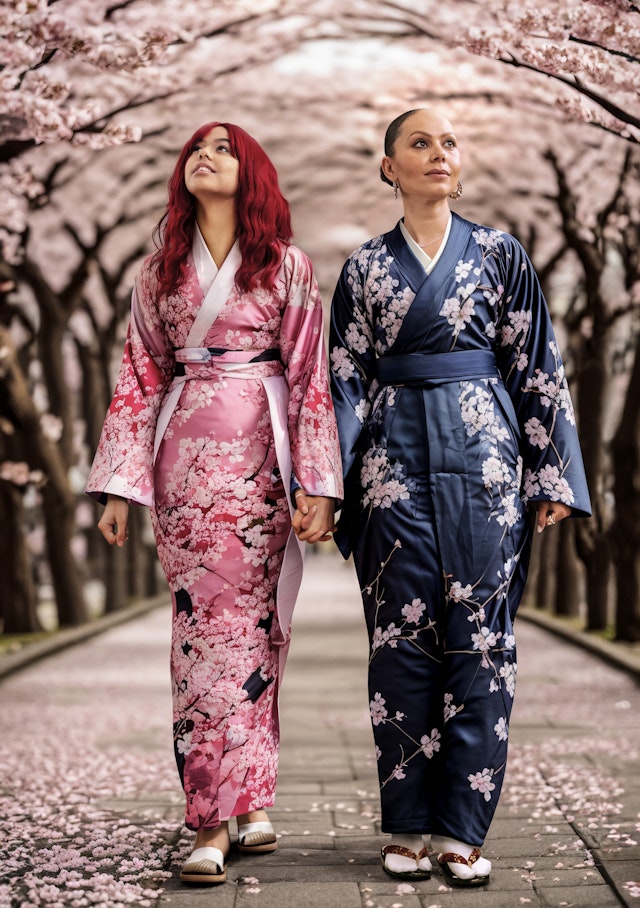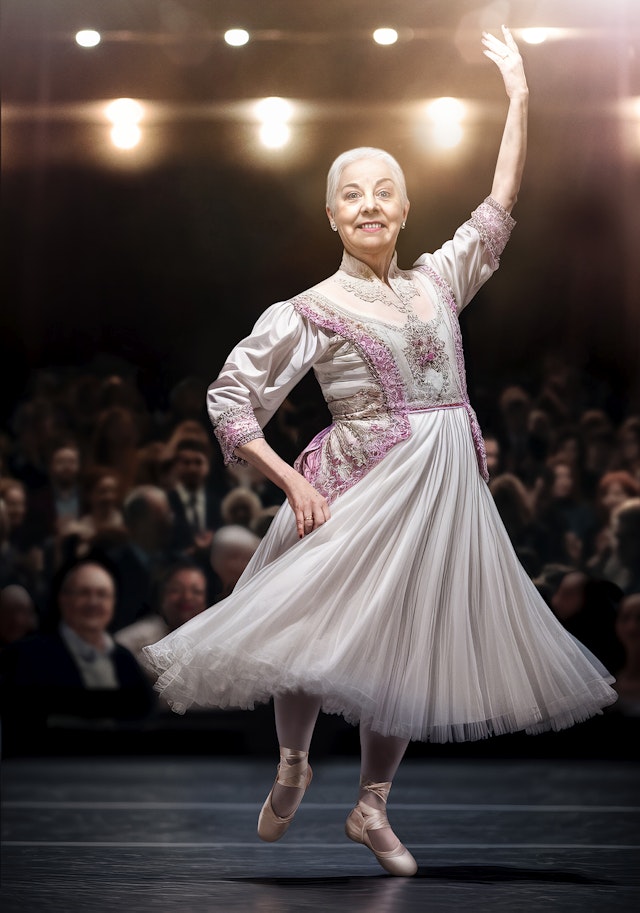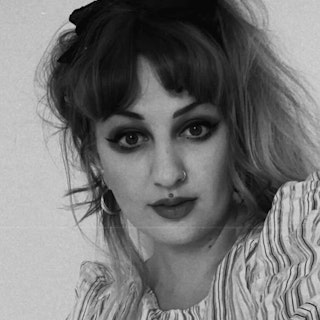Why Breast Cancer Now is mixing AI and photography in attention-grabbing campaign
The charity’s marketing lead, along with its creative agency BMB, discuss why it is taking unconventional marketing approaches to educate, inspire and challenge.
Research charity Breast Cancer Now has unveiled its latest campaign that hopes to highlight the true value of time for people living with incurable secondary cancer. Titled ‘Gallery of Hope,’ the project included an emotive exhibition of memories that are ‘yet to be made’ at the Saatchi Gallery in London, with the photographs now being rolled out across social media and highlighted in a short film.
For the exhibition, each participant’s portrait was shot by the renowned photographer Jillian Edelstein, who has photographed the likes of Nelson Mandela, Catherine, Princess of Wales and Kate Moss.
To create the photos of the future, AI models were trained on these portraits to generate unique images that retain the photographer’s style, as well as poses, facial expressions and likenesses.
Advertisement
Deanne Gardner oversees brand, marketing and communications at Breast Cancer Now. She explains that this campaign is part of a wider strategy that has been going on for the last three years, which is talking about the disease in a more open and honest way. That included last year’s ‘The Chat,’ which was the UK’s first group messaging drama series, played out through the voice notes, texts, videos and pictures sent between four close friends as they navigate an unexpected breast cancer diagnosis together.
Gardner says that they are doing this with a smaller budget than some bigger charities may have but that the work they are engaging in is attention-grabbing. “It’s what we call our fame shots,” she continues. “Which is to cut through.”
That’s what they put to creative ad agency BMB: create ideas that can generate a lot of PR and get the important message out into the world.
Advertisement
With each of its campaigns, the charity wants to accurately represent the breast cancer communities using their own voices. “The brief is telling the story of breast cancer in an unflinching way but not a gratuitous way,” adds Gardner. “Being focused on our beneficiaries, which are people affected by primary and secondary breast cancer, and to use their brilliant minds.”
BMB’s creative director, Bianca Eglinton, says it’s all about outsmarting and not outspending when it comes to charity and finding interesting places to show up. She tells The Drum that they landed on the idea of a photo gallery because they wanted to bring to life the idea of people having more time and what that might look like for them.
“We had some wonderful ideas from the participants,” she explains. “There are things that you’d naturally think of, like getting married, but then more unexpected things. Everyone’s different. We had one lady who wanted to rent out a bus and sing Summer Holiday by Cliff Richard with her family.”

Each moment shown in the exhibition is completely personal and the participants were all ‘friends of the charity’ sourced through a roll call type scenario. It’s important for Breast Cancer Now to represent as many different people and experiences as possible.
The process was a huge and sensitive undertaking that began in the summer of last year. Gardner says: “We didn’t want to rush this because the thing is, with these ideas, in a sense, there’s no precedent for them. We don’t know how long they’re going to take.”
Suggested newsletters for you
Using the AI element in its comms is something new for the charity and it enlisted the help of the creatives at Untold Studios for the project. Real-time supervisor Simon Legrand explained that despite the recent advancements in AI and its huge potential, it is still difficult to represent a human accurately.
“We so intrinsically recognize human features and when they have been artificially created, making it difficult to reproduce exact images in human likeness. This is even further amplified and more personal when people look at AI imagery of themselves,” he says.
“It was so important to us that the images in this exhibition felt representative of the individuals in the photos. With 10 participants, most of whom wanted to have close ones with them, multiplied the complexity greatly. We tirelessly experimented with different tools and techniques as well as leveraging more traditional means. The final result has been incredibly rewarding.”

It’s important to note that the team deliberately didn’t want to replace a photographer on this project and were keen to keep the human touch; what was exciting was the combination. There’s a sensitivity around this project; some of the people involved are very seriously ill.
“It’s an interesting mix of real people, real ambitions for the future,” continues Eglinton. “But using the technology in a way that feels innovative, different, new and helps us to imagine things that haven’t happened yet.”
For Breast Cancer Now, it’s important to take this unconventional approach to its advertising if it is to compete with the likes of Cancer Research Now and Macmillan for donations and funding. “These ideas, they just seem unique, they seem new. It speaks to our brand,” Gardner concludes.
“We position our brand as a determined leader. Around 66,000 women are living with this disease [secondary cancer] and they genuinely feel forgotten. It is our duty as a charity to represent everybody affected by this disease.”

